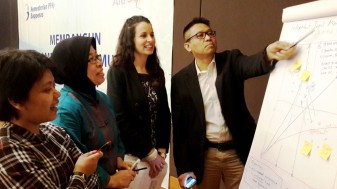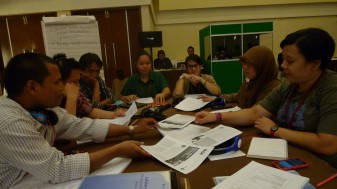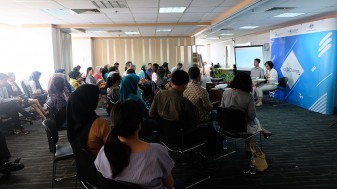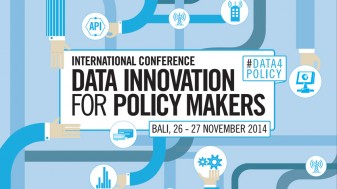One vital prerequisite to integrated efforts to reduce poverty is the availability of poverty data in various dimensions—both monetary and non-monetary—which are accurate and easily accessible by development actors.
Poverty data play a role in the formulation of social protection programs that will help the poor meet their basic needs and get access to food, health and education. For that reason, poverty data at the local level are needed for a program’s geographical targeting, especially data that provide information.
To help ensure the availability of multidimensional poverty data down to the kecamatan and village/kelurahan levels, the SMERU Research Institute—supported by the Ford Foundation—launched the 2015 Indonesian Poverty and Livelihood Map, which offers poverty estimates in all the villages/kelurahan in the country (more than 75,000 villages/kelurahan).
In addition to poverty estimates, the map is equipped with a Gini ratio, infrastructure conditions and other socioeconomic indicators, making it possible to observe an area’s poverty conditions more comprehensively. One of the new features of the 2015 Indonesian Poverty and Livelihood Map is the qualitative information of 50 villages located in a number of provinces. The information covers village history, jobs available, topography and access to infrastructure. The village qualitative information is expected to be developed with the help of feedback from a number of people, making the map a dynamic and interactive source of information. The map can be accessed free online at https://povertymap.smeru.or.id.





